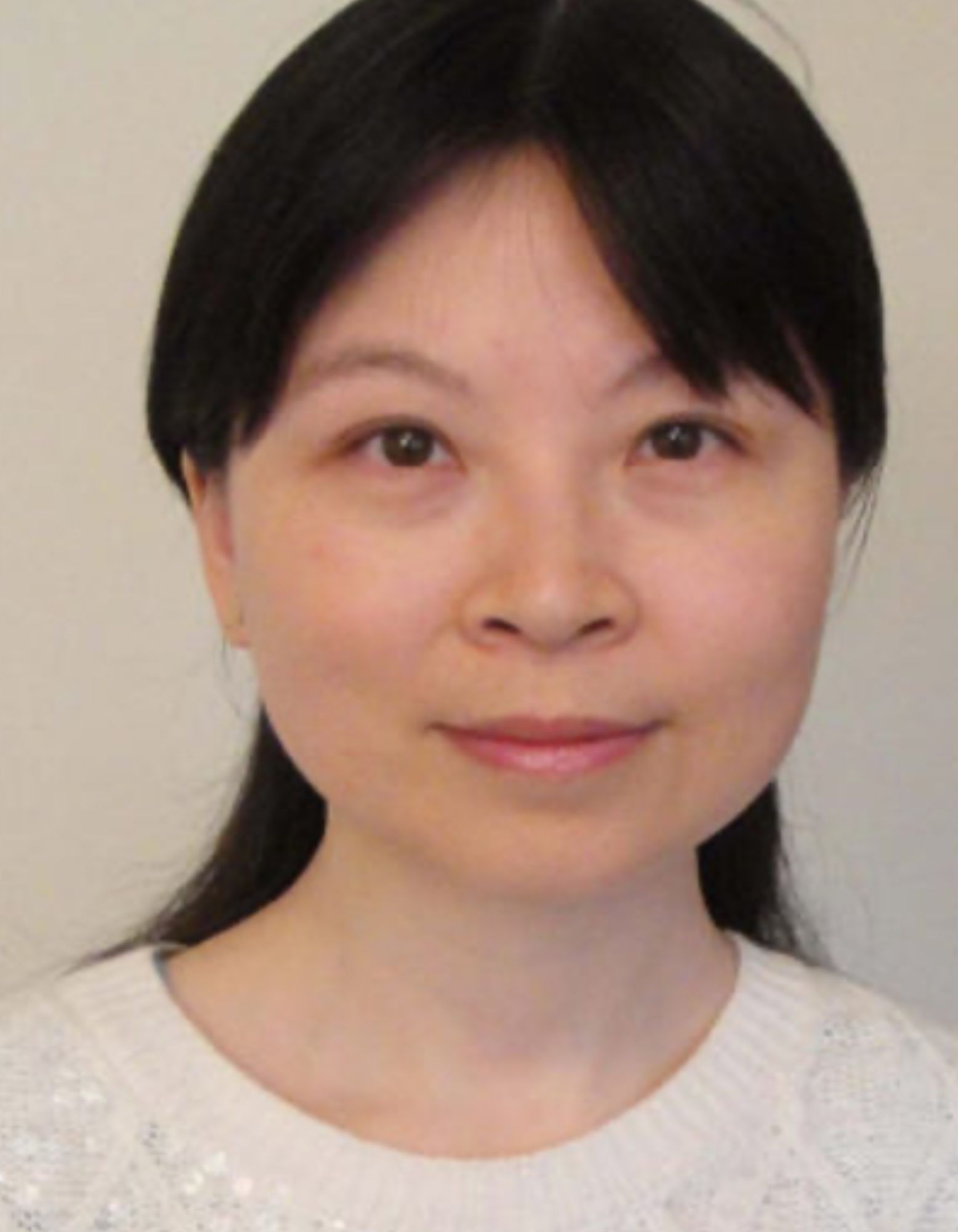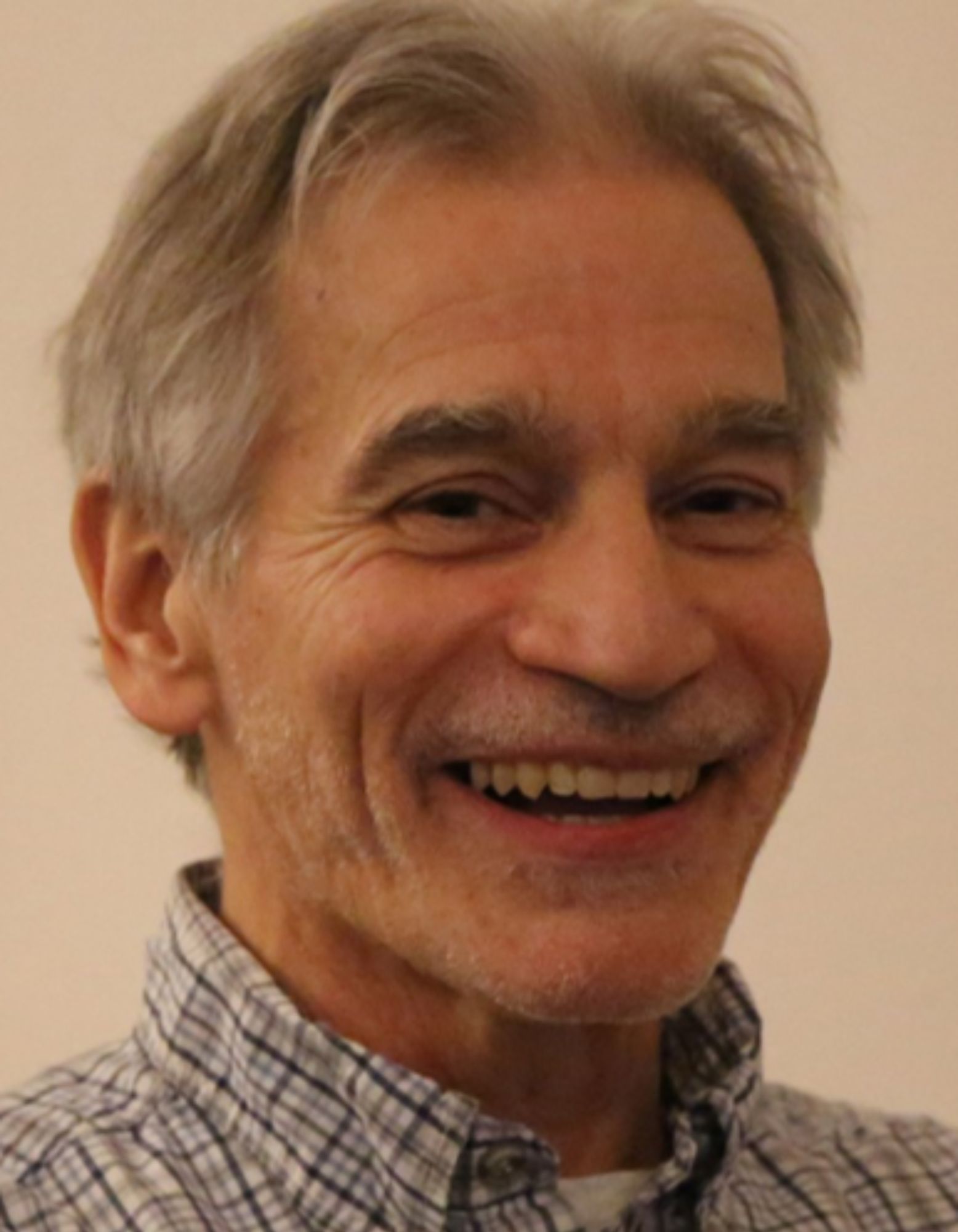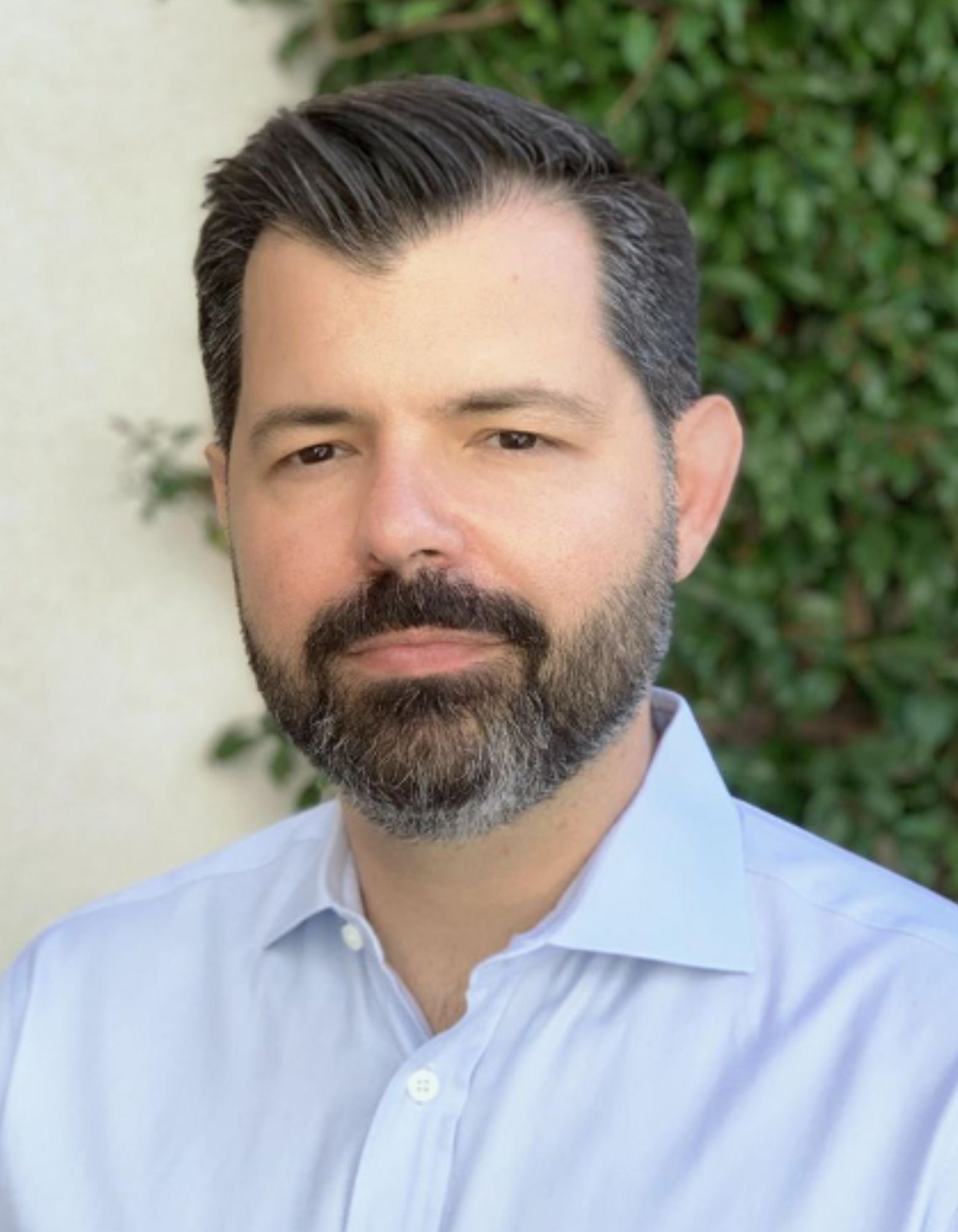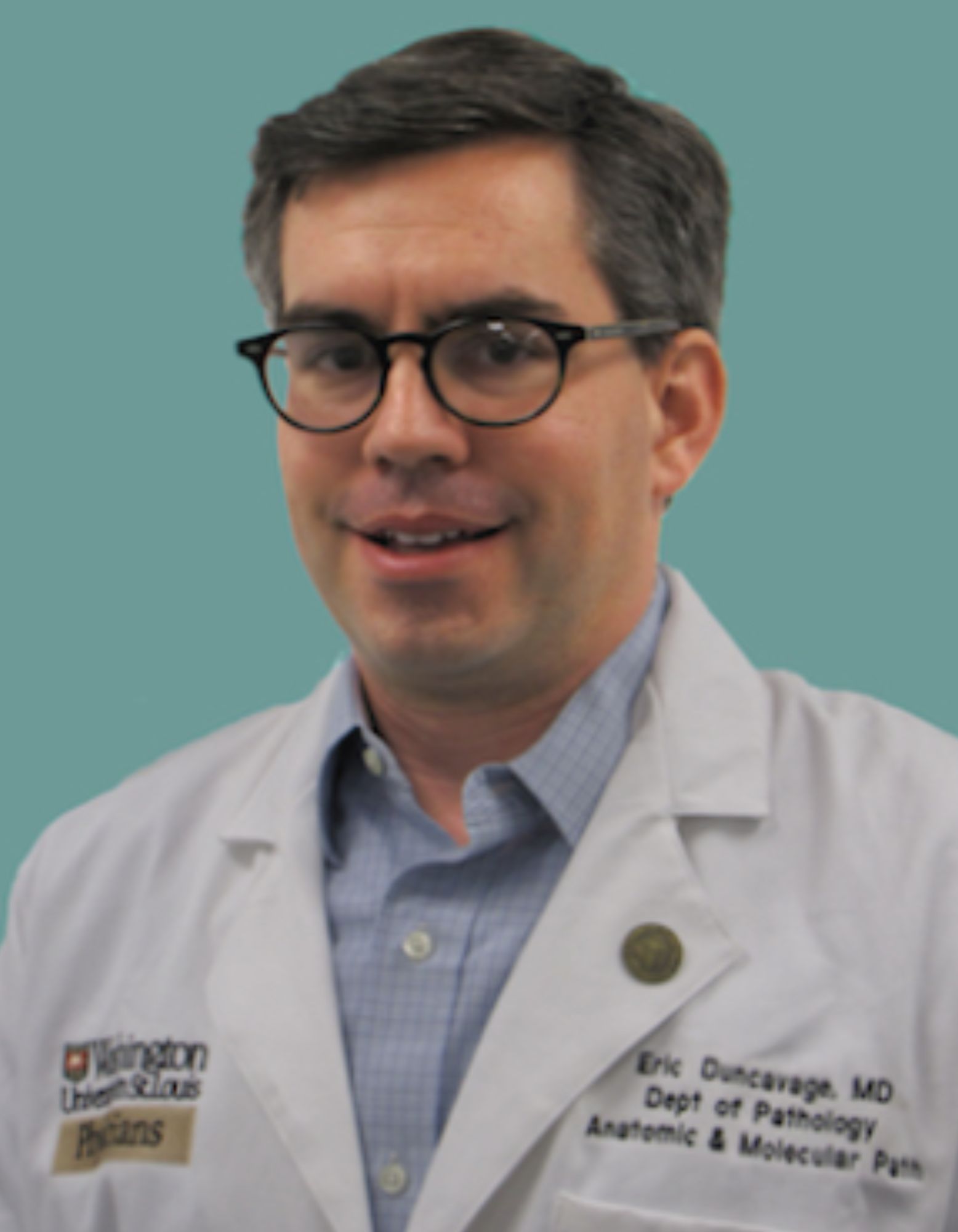Technologies and Assays for Therapeutic Genome Editing INDs
In phase 2, the SCGE aims to accelerate the translation of genome editing therapies into the clinic by developing targeted delivery technologies and assays for safety and efficacy studies. This research will work to develop and validate delivery systems that can target a substantial proportion of clinically relevant cells. Find the latest research publications from these projects on our website.

Utility of Human Organoids for Safety and Efficiency Evaluations of Genome Editing Therapeutics
To enable safe and efficient advancement of genome editing therapeutics to the human clinical setting, it is essential to obtain preclinical data supporting safety and efficiency, but simple cell cultures and animal models have substantial limitations in predicting outcome in human tissues. Human organoids are ‘mini-organ’-like structures grown in lab dishes that possess many key features of tissues, including diverse cell types in sophisticated arrangements specific to different organs, and disease phenotypes specific to individuals from whom they are derived. The objective of these studies is to blueprint a new predictive approach for genome editing efficiency and safety in human organoids, which can be used to de-risk strategies for regulatory consideration relevant to a wide variety of genome editing therapies.

Benjamin S. Freedman
Principal Investigator
University of Washington

Nicole Vo
Co-Investigator
University of Washington

Raymond Monnat
Co-Investigator
University of Washington

Hongxia Fu
Co-Investigator
University of Washington

Thomas Reh
Co-Investigator
University of Washington
A Modality-Agnostic Potency Assay Enabling Both Ex Vivo and In Vivo Genome Editing Therapeutics for Sickle Cell Disease
Potency assays capable of characterizing the biophysical and rheological properties of red blood cells (RBCs) are urgently needed to assess the potency of emerging editing-based genomic therapies for Sickle Cell Disease (SCD), regardless of the editing modality. One of the central challenges that has impeded the development of a highly performant potency assay for evaluating the functional efficacy of editing-based genomic therapies for SCD has been the lack of laboratory technologies capable of sensitively, accurately, and precisely capturing the biophysical properties of SCD-RBCs utilizing only a small number of cells. In recent years, several innovations have emerged that now make the development and analytical validation of a potency assay for editing-based SCD genomic therapies feasible. One of these has been the advent of microfluidics-based diagnostic devices capable of functionally characterizing the health of RBCs at unprecedented levels of resolution and sensitivity. This proposal seeks to leverage these next-generation diagnostic devices, conventional hematologic assays, and advanced machine learning approach to develop and analytically validate a first-in-kind potency assay for editing-based therapies for SCD.

Petros Giannikopoulos
Contact PI and Principal Investigator
University of California Berkeley; University of California, San Francisco

Umut A. Gurkan
Co-Principal Investigator
Case Western Reserve University

David Nguyen
Co-Principal Investigator
University of California, Berkeley; University of California, San Francisco

Utku Goreke
Lead Researcher, Nguyen Lab
University of California, Berkeley

Dipti Kamath
Clinical Fellow, Nguyen Lab
University of California, Berkeley

Mark Walters
Co-Investigator
University of California, San Francisco

Franciscus Kuypers
Co-Investigator
University of California, San Francisco

Nilah Ioannidis
Co-Investigator
University of California, Berkeley
Genome sequencing for evaluating the efficacy, specificity, and safety of human genome editing
Genome editing has enormous therapeutic potential by making it possible to restore genetic defects, inactivate deleterious mutant alleles, and augment the function of cellular therapies. Although genome editing technologies are designed for optimal efficiency and specificity, on-target editing can be variable, and unwanted mutations in edited cells can result in unintended functional consequences, including disruption of genes due to off-target mutations, transgene insertions, or deletions, duplications, or structural rearrangements. Current approaches for performing these analyses are logistically complicated and either use antiquated methods or involve modifications to the editing process that cannot be applied to cellular drug products that will be used in patients. Our project aims to develop and test a whole-genome sequencing (WGS) approach that can used for rapid, accurate, and comprehensive analysis of genome-edited cellular products to ensure they are effective and safe for use in patients.

David H Spencer
Contact PI
Washington University

Eric J Duncavage
MPI
Washington University
Optimization and qualification of biochemical CHANGE-seq unbiased genome-wide activity and gRNA sequencing methods for therapeutic genome editing INDs
CHANGE-seq is a highly sensitive and unbiased biochemical assay we originally developed for defining genome-wide off-target activity. This method works on the principle of selective sequencing of nuclease cleaved ends in the genomic DNA. Recently, we adapted CHANGE-seq method to determine the genome-wide activity for base editors (termed as CHANGE-seq BE) and gRNA sequencing method to assess the purity of commercially synthesized gRNAs. Our main objective is to optimize and qualify both CHANGE-seq and gRNA sequencing methods for use as genome editing IND-enabling assays for regulatory submissions. Key advantages of CHANGE-seq include 1) highly sensitive and comprehensive than orthogonal cell-based methods 2) unbiased approach to identify off-target sites, and 3) directly applicable to base editors. By gRNA sequencing assay, we characterize the purity and quality of critical genome editing reagents to identify potential gRNA contaminants. Overall, with optimization and qualification of both CHANGE-seq and gRNA sequencing assays, we anticipate that our methods will be used in therapeutic development of pre-clinical and IND-enabling submissions highlighting the importance of safety and quality of human genome editing products.

Shengdar Q Tsai
Principal Investigator
St. Jude Children’s Research Hospital

Varun Katta
Scientist
Tsai Lab

Rachael Wood
Sr. Researcher
Tsai Lab

Ashley Flory
Lead Researcher
Tsai Lab

Joe Slawia
Sr. Researcher
Tsai Lab

Garret Manquen
Researcher
Tsai Lab

Samantha Maragh
Leader, Genome Editing Program
NIST

Natalia Kolmakova
Biologist
NIST

Sierra Miller
Bioinformatician
NIST
Optimization and qualification of cellular unbiased GUIDE-seq-2 genome-wide activity method for genome editing INDs
GUIDE-seq-2 is an improved version of GUIDE-seq, a cellular, genome-wide unbiased method to evaluate the activity and specificity of genome editors that cause double-strand breaks. Our goal is to make GUIDE-seq-2 a useful and suitable method for adoption in regulatory submissions of genome edited cellular drug products in a broad range of therapeutic and editor contexts. We chose to work on this method for two reasons: 1) the underlying GUIDE-seq method has been used to support current IND applications and 2) it has several features including that it is cell based, has broad accessibility, scalability, and accuracy. With optimization and rigorous characterization, we envision GUIDE-seq-2 to be used for: 1) downselecting lead candidates during pre-clinical development, 2) rigorous IND-enabling characterization of critical quality attributes (CQAs) of lead candidates and human genome edited products, and 3) derisking of possible functional off-targets during therapeutic genome editing product development.

Shengdar Q Tsai
Principal Investigator
St. Jude Children’s Research Hospital

Azusa Matsubara
Scientist
SJCRH Tsai Lab

Elizabeth Urbina-Obregon
Researcher
SJCRH Tsai Lab

Claire Greene
Researcher
SJCRH Tsai Lab

Samantha Maragh
Leader, Genome Editing Program
NIST

Natalia Kolmakova
Biologist
NIST

Sierra Miller
Bioinformatician
NIST

